Dystonia
Table of Contents
Defination
Dystonia is a neurological condition that affects the movement of muscles in the body. It is characterized by involuntary muscle contractions that cause abnormal and often painful movements, postures, and spasms. Dystonia can affect various parts of the body, including the face, neck, arms, legs, and torso, and can occur in both children and adults.
While there is no cure for dystonia, there are various treatment options available to manage its symptoms and improve a person’s ability to function and perform daily activities.
Types of Dystonia
Dystonia is a neurological disorder that can affect different parts of the body and can be classified into different types based on the area of the body that is affected. Here are some of the most common types of dystonia:
- Focal dystonia: This type of dystonia affects one part of the body, such as the neck (cervical dystonia), face (cranial dystonia), or vocal cords (spasmodic dysphonia).
- Segmental dystonia: This type of dystonia affects two or more adjacent parts of the body, such as the neck and shoulder (cervical-shoulder dystonia) or the arm and hand (upper limb dystonia).
- Generalized dystonia: This type of dystonia affects multiple parts of the body and can be associated with other neurological symptoms such as tremors or difficulty with balance.
- Task-specific dystonia: This type of dystonia affects specific movements or tasks, such as writer’s cramp (dystonic writer’s cramp) or musician’s dystonia (focal hand dystonia).
- Paroxysmal dystonia: This type of dystonia occurs in sudden, intermittent episodes, such as during exercise (exercise-induced dystonia) or with sudden movements (startle-induced dystonia).
- Dopa-responsive dystonia: This type of dystonia is caused by a deficiency of dopamine in the brain and is typically responsive to medications that increase dopamine levels.
It’s important to note that there are many other subtypes of dystonia, and the symptoms and severity can vary widely between individuals.
Causes of Dystonia
The exact cause of dystonia is not fully understood, but it is believed to be related to a dysfunction in the basal ganglia, a part of the brain that is responsible for controlling movement. The basal ganglia are involved in the regulation of neurotransmitters, which are chemical messengers that transmit signals between neurons in the brain. When the basal ganglia malfunction, it can lead to an abnormal increase in neurotransmitter activity, which can cause involuntary muscle contractions and abnormal movements.
In some cases, dystonia may be inherited genetically, which means it can be passed down from parents to their children. However, in many cases, dystonia appears to develop spontaneously without any known genetic link.
Other factors that have been associated with the development of dystonia include:
- Abnormal brain development: Dystonia may develop as a result of abnormal brain development during fetal development or early childhood.
- Trauma: Dystonia can sometimes develop after a traumatic brain injury or as a result of prolonged muscle strain or repetitive movements.
- Medications: Certain medications, such as antipsychotics and some antidepressants, can cause dystonia as a side effect.
- Infections: Certain infections, such as encephalitis or meningitis, can cause inflammation in the brain and lead to dystonia.
- Metabolic disorders: Some metabolic disorders, such as Wilson’s disease or Leigh syndrome, can cause dystonia as a symptom.
- Environmental factors: Exposure to certain environmental toxins, such as carbon monoxide or lead, may also increase the risk of developing dystonia.
It is important to note that in many cases, the cause of dystonia remains unknown. Further research is needed to fully understand the underlying mechanisms of this condition.
Symptoms of Dystonia
The symptoms of dystonia can vary depending on the type and severity of the condition, but they typically involve involuntary muscle contractions that cause abnormal movements, postures, and spasms. A few of the common symptoms are:
- Involuntary muscle contractions: Dystonia causes muscles to contract involuntarily, leading to abnormal movements or postures. These contractions can be sudden, jerky, or sustained and can affect any part of the body.
- Muscle spasms and cramps: Dystonia can also cause muscle spasms and cramps, which can be painful and make it difficult to perform daily activities.
- Tremors: Some people with dystonia may also experience tremors or shaking, which can affect the hands, arms, or other parts of the body.
- Abnormal postures: Dystonia can cause the body to assume abnormal postures or positions, which can be uncomfortable or painful. For example, some people with dystonia may have a twisted neck, bent spine, or clenched jaw.
- Difficulty with fine motor skills: Dystonia can also affect a person’s ability to perform fine motor skills, such as writing or typing, due to involuntary muscle movements or tremors.
- Muscle weakness or fatigue: Dystonia can also cause muscle weakness or fatigue, which can make it difficult to perform everyday tasks or participate in physical activities.
The symptoms of dystonia can be exacerbated by stress, fatigue, and anxiety and can often affect a person’s ability to perform daily activities. It is important for people with dystonia to seek treatment and support to manage their symptoms and improve their quality of life.
Diagnosis
The diagnosis of dystonia typically involves a combination of medical history, physical examination, and diagnostic tests. A healthcare provider, such as a neurologist, will conduct a thorough evaluation to determine if dystonia is present and to identify its underlying cause.
During the medical history portion of the evaluation, the healthcare provider will ask questions about the individual’s symptoms, family history, and any medical conditions or medications that may be contributing to the development of dystonia. They may also ask about the timing and frequency of the symptoms and how they are affecting the individual’s daily activities.
During the physical examination, the healthcare provider will assess the individual’s muscle tone, reflexes, and coordination. They may also observe the individual’s movements to identify any abnormal postures or involuntary movements that are characteristic of dystonia.
Diagnostic tests may also be performed to help confirm a diagnosis of dystonia and identify any underlying causes. These tests may include:
- Brain imaging: Magnetic resonance imaging (MRI) or computed tomography (CT) scans of the brain can help identify any structural abnormalities or damage that may be contributing to the development of dystonia.
- Electromyography (EMG): EMG involves inserting small electrodes into the muscles to measure their electrical activity. This test can help identify muscle abnormalities and be used to differentiate dystonia from other movement disorders.
- Genetic testing: Genetic testing may be recommended if there is a suspected genetic link to the development of dystonia.
Once a diagnosis of dystonia has been confirmed, the healthcare provider will work with the individual to develop a treatment plan to manage their symptoms and improve their quality of life.
Treatment of Dystonia
The treatment of dystonia depends on the type and severity of the condition, as well as the underlying cause. While there is no cure for dystonia, there are various treatment options available to manage its symptoms and improve a person’s ability to function and perform daily activities. Some of the common treatment options for dystonia include:
Medications:
Medications can be used to reduce the severity of dystonia symptoms, such as muscle spasms and cramps. These may include muscle relaxants, anticholinergics, and botulinum toxin injections.
Physical therapy Treatment:
Physiotherapy can play an important role in managing the symptoms of dystonia. The goal of physiotherapy is to improve muscle strength, flexibility, and range of motion, as well as reduce pain and discomfort associated with dystonia. Here are some common physiotherapy interventions for dystonia:
- Stretching exercises: Stretching exercises can help improve flexibility and reduce muscle spasms and cramps. A physiotherapist may recommend specific stretching exercises that target the affected muscles.
- Strengthening exercises: Strengthening exercises can help improve muscle strength and reduce fatigue associated with dystonia. A physiotherapist may recommend exercises that target the affected muscles as well as exercises that target the surrounding muscles to improve overall muscle function.
- Posture training: Proper posture can help reduce pain and discomfort associated with dystonia. A physiotherapist can provide posture training to help individuals maintain proper alignment and reduce stress on the affected muscles.
- Gait training: Gait training can help individuals with dystonia walk more efficiently and with less pain. A physiotherapist may recommend specific exercises or techniques to improve gait.
- Assistive devices: Such as braces or splints, can help support the affected muscles and reduce pain and discomfort. A physiotherapist can recommend the appropriate assistive device for the individual’s specific needs.
- Massage therapy: Massage therapy can help reduce muscle tension and improve circulation, which can reduce pain and improve muscle function. A physiotherapist may use massage therapy as part of an overall treatment plan.
- Hydrotherapy: Hydrotherapy, or water-based exercises, can help reduce pain and improve muscle function in individuals with dystonia. A physiotherapist may recommend hydrotherapy as part of a comprehensive treatment plan.
It is important for individuals with dystonia to work with a physiotherapist to develop a personalized treatment plan that addresses their specific needs and goals. Physiotherapy can help improve overall muscle function, reduce pain and discomfort, and improve quality of life for individuals with dystonia.
Occupational therapy:
Occupational therapy can help individuals with dystonia develop strategies to perform daily activities more easily and with less pain. This may include modifying the home environment, using assistive devices, and developing adaptive techniques.
Speech therapy:
Speech therapy can help individuals with dystonia affect the muscles involved in speech, such as the mouth and tongue, to improve communication and reduce symptoms.
Deep brain stimulation:
Deep brain stimulation involves implanting electrodes in the brain to help regulate abnormal brain signals that may be contributing to the development of dystonia.
Botulinum Toxin Injections:
Botulinum toxin injections, also known as Botox injections, are a popular treatment option for dystonia. These injections work by blocking the release of acetylcholine, a neurotransmitter that controls muscle contraction. By preventing the release of acetylcholine, the muscles are able to relax, reducing the symptoms of dystonia.
Surgery:
In severe cases of dystonia, surgery may be recommended to remove or cut nerves or brain tissue that are contributing to the condition.
It is important for individuals with dystonia to work with a healthcare provider to develop a personalized treatment plan that addresses their individual symptoms and needs. In addition, lifestyle modifications, such as stress reduction techniques, exercise, and a healthy diet, may also help to improve symptoms and overall quality of life.
How to Prevent Dystonia?
Currently, there is no known way to prevent dystonia from developing. However, there are some steps that may help reduce the risk of developing dystonia or minimize the severity of symptoms:
- Avoiding known risk factors: Certain medications, toxins, or physical injuries have been known to trigger dystonia in some individuals. Avoiding exposure to these risk factors may help reduce the risk of developing dystonia.
- Managing underlying medical conditions: Certain medical conditions, such as Parkinson’s disease, Huntington’s disease, and Wilson’s disease, may increase the risk of developing dystonia. Proper management of these underlying medical conditions may help reduce the risk of dystonia.
- Maintaining a healthy lifestyle: A healthy lifestyle, including regular exercise, a balanced diet, and stress management, may help improve overall health and reduce the risk of developing dystonia.
- Genetic counseling: In some cases, dystonia may be inherited. If there is a family history of dystonia or other movement disorders, genetic counseling may be recommended to assess the risk of developing dystonia and provide information on potential preventive measures.
It is important to note that dystonia can develop in individuals without any known risk factors or underlying medical conditions. If you are experiencing symptoms of dystonia, it is important to seek medical attention to receive an accurate diagnosis and appropriate treatment. Early intervention and proper management can help improve symptoms and quality of life for individuals with dystonia.
Living with dystonia
Living with dystonia can be challenging, but there are various resources available to help manage the condition. Support groups, online forums, and counseling services can provide emotional support and practical advice for people living with dystonia. It is important for people with dystonia to prioritize self-care and seek treatment options that work best for them.
Conclusion
Dystonia is a neurological condition that can have a significant impact on a person’s quality of life. While there is no cure for dystonia, there are various treatment options available to manage its symptoms. With the right treatment and support, people with dystonia can lead fulfilling and productive lives.
FAQs
What deficiency causes dystonia?
Dystonia is a neurological disorder characterized by involuntary muscle contractions that cause twisting and repetitive movements or abnormal postures. The exact cause of dystonia is not fully understood, but it is believed to be related to a combination of genetic and environmental factors.
In some cases, dystonia may be caused by a deficiency of dopamine, a neurotransmitter that is involved in the control of movement. This type of dystonia is known as dopamine-responsive dystonia (DRD) or Segawa syndrome, and it is caused by a mutation in the gene that codes for the enzyme responsible for producing dopamine. DRD can be treated with medications that increase dopamine levels in the brain.What is an example of dystonia?
An example of dystonia is cervical dystonia, also known as spasmodic torticollis, which is a type of dystonia that affects the neck muscles. In cervical dystonia, the neck muscles contract involuntarily, causing the head to twist or turn to one side or to be pulled forward or backward. This can result in pain, discomfort, and difficulty with activities such as driving or reading. Other examples of dystonia include blepharospasm (involuntary closure of the eyelids) and writer’s cramp (involuntary muscle contractions that affect the hand and wrist during writing or other fine motor tasks).
What are the three types of dystonia?
There are many different types of dystonia, but they can generally be grouped into three categories based on the area of the body that is affected:
Focal dystonia: This type of dystonia affects a specific part of the body, such as the neck, face, or hand. Focal dystonia is the most common type of dystonia.
Segmental dystonia: This type of dystonia affects two or more adjacent parts of the body, such as the neck and shoulder or the hand and forearm.
Generalized dystonia: This type of dystonia affects multiple parts of the body and may be more severe than focal or segmental dystonia. Generalized dystonia can affect the arms, legs, trunk, and other parts of the body and can be associated with other neurological symptoms such as tremors or difficulty with balance.What is the main cause of dystonia?
The exact cause of dystonia is not fully understood, and in many cases, the underlying cause is unknown. However, it is believed that dystonia is related to a combination of genetic and environmental factors.
There are some cases of dystonia that have a known genetic cause. For example, some types of dystonia are caused by mutations in specific genes that affect the functioning of certain neurotransmitters or ion channels in the brain. In other cases, dystonia may be caused by environmental factors, such as exposure to certain toxins or medications, or by brain damage or injury.
Research has also suggested that dystonia may be related to dysfunction in the basal ganglia, a group of structures in the brain that are involved in motor control. This dysfunction may be related to imbalances in neurotransmitters such as dopamine and acetylcholine.What are the first-line treatments for dystonia?
The first-line treatment of dystonia typically involves medications that can help reduce the involuntary muscle contractions and improve motor control. The choice of medication will depend on the type and severity of the dystonia, as well as other factors such as age, overall health, and potential side effects.
The most commonly used medications for dystonia include:
Anticholinergics: These medications block the action of the neurotransmitter acetylcholine, which can help reduce muscle contractions. Examples of anticholinergics used for dystonia include trihexyphenidyl and benztropine.
Dopamine-depleting agents: These medications reduce the levels of dopamine in the brain, which can help to improve motor control in some types of dystonia. Examples of dopamine-depleting agents used for dystonia include tetrabenazine and reserpine.
Botulinum toxin injections: Botulinum toxin (Botox) can be injected directly into the affected muscles to block the release of acetylcholine and reduce muscle contractions. This treatment is commonly used for focal dystonia, such as cervical dystonia or blepharospasm.

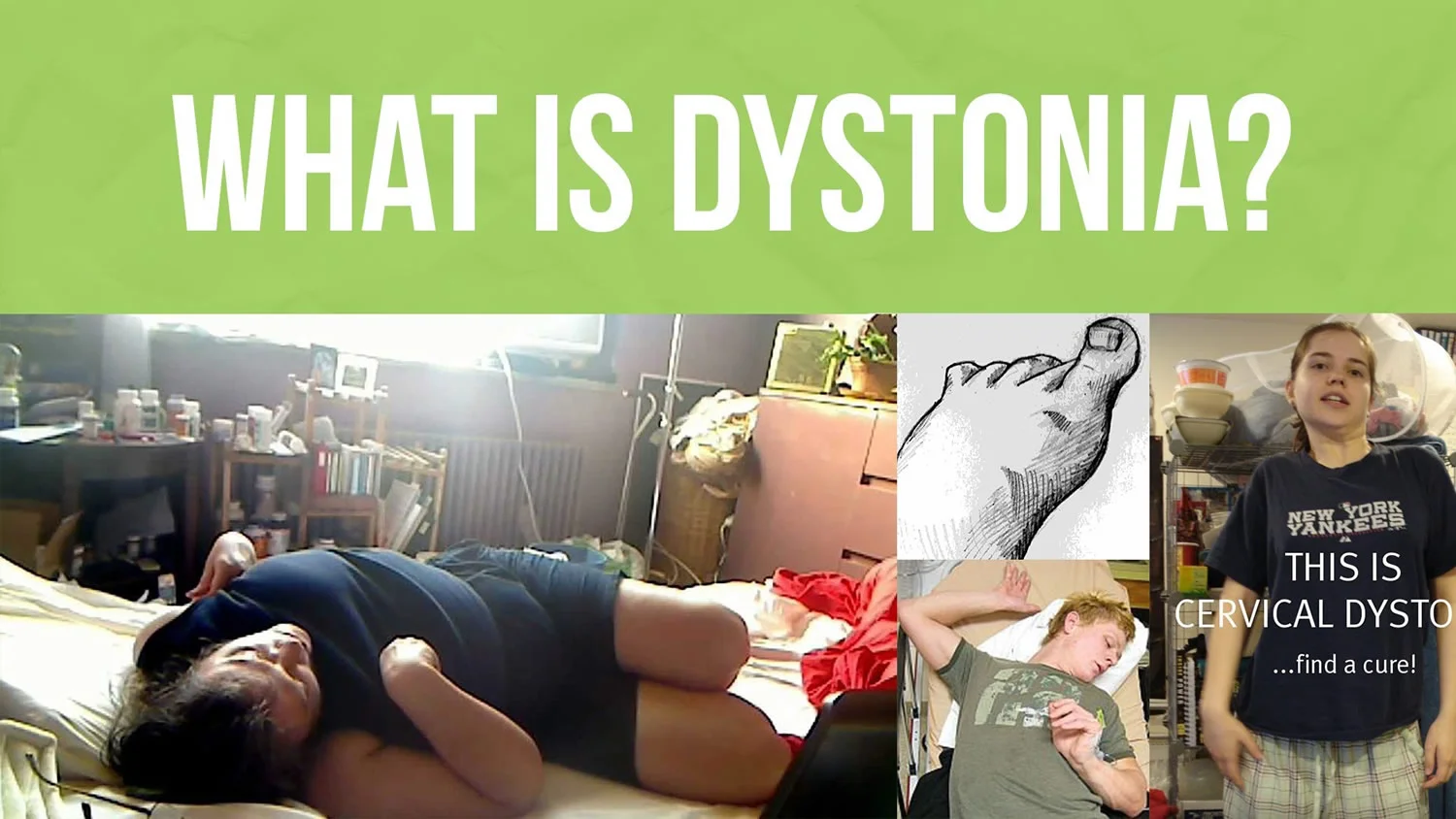
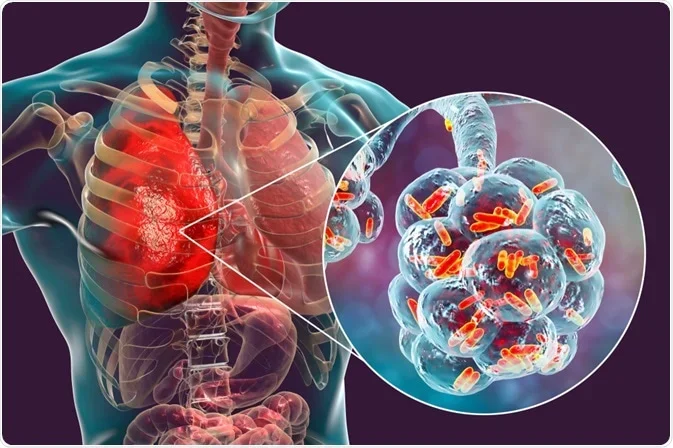
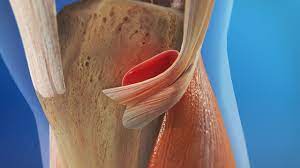

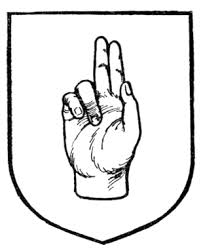
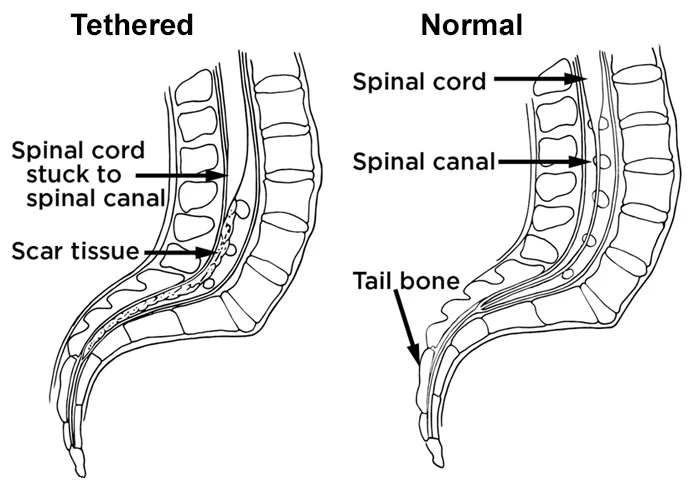
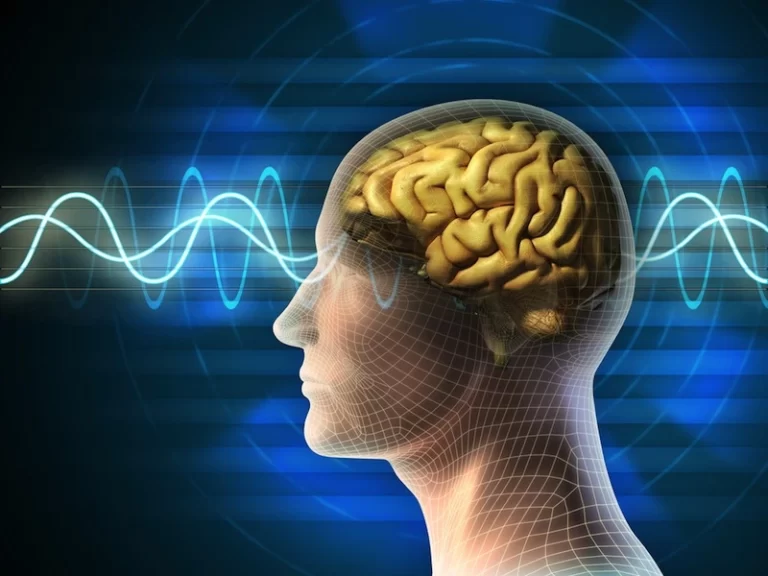
4 Comments